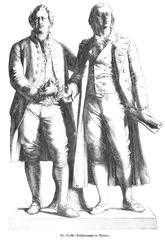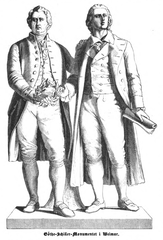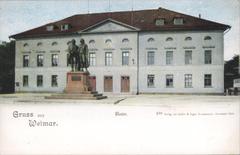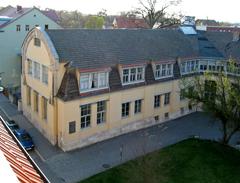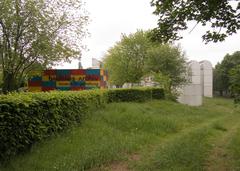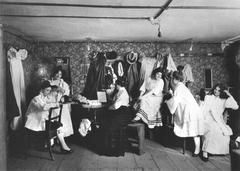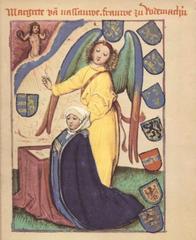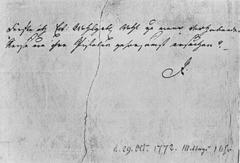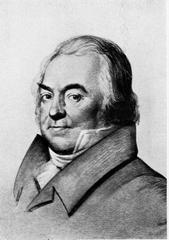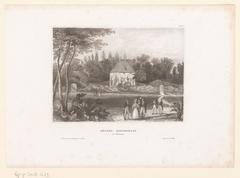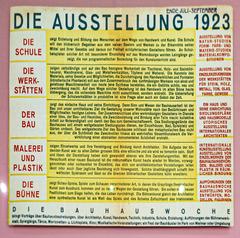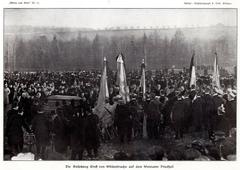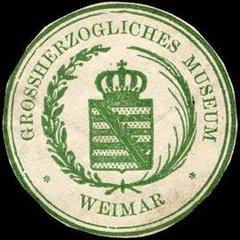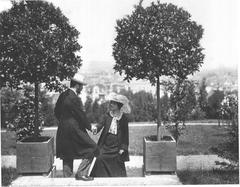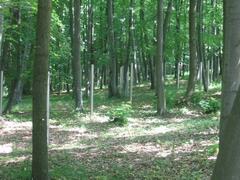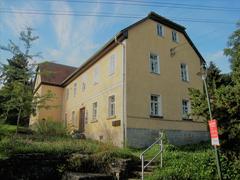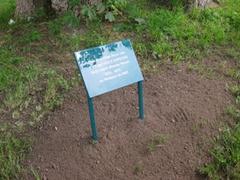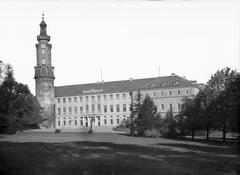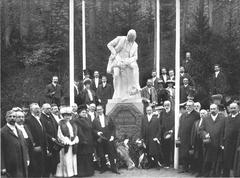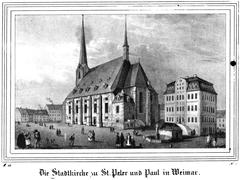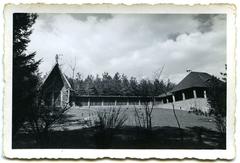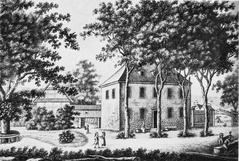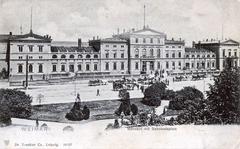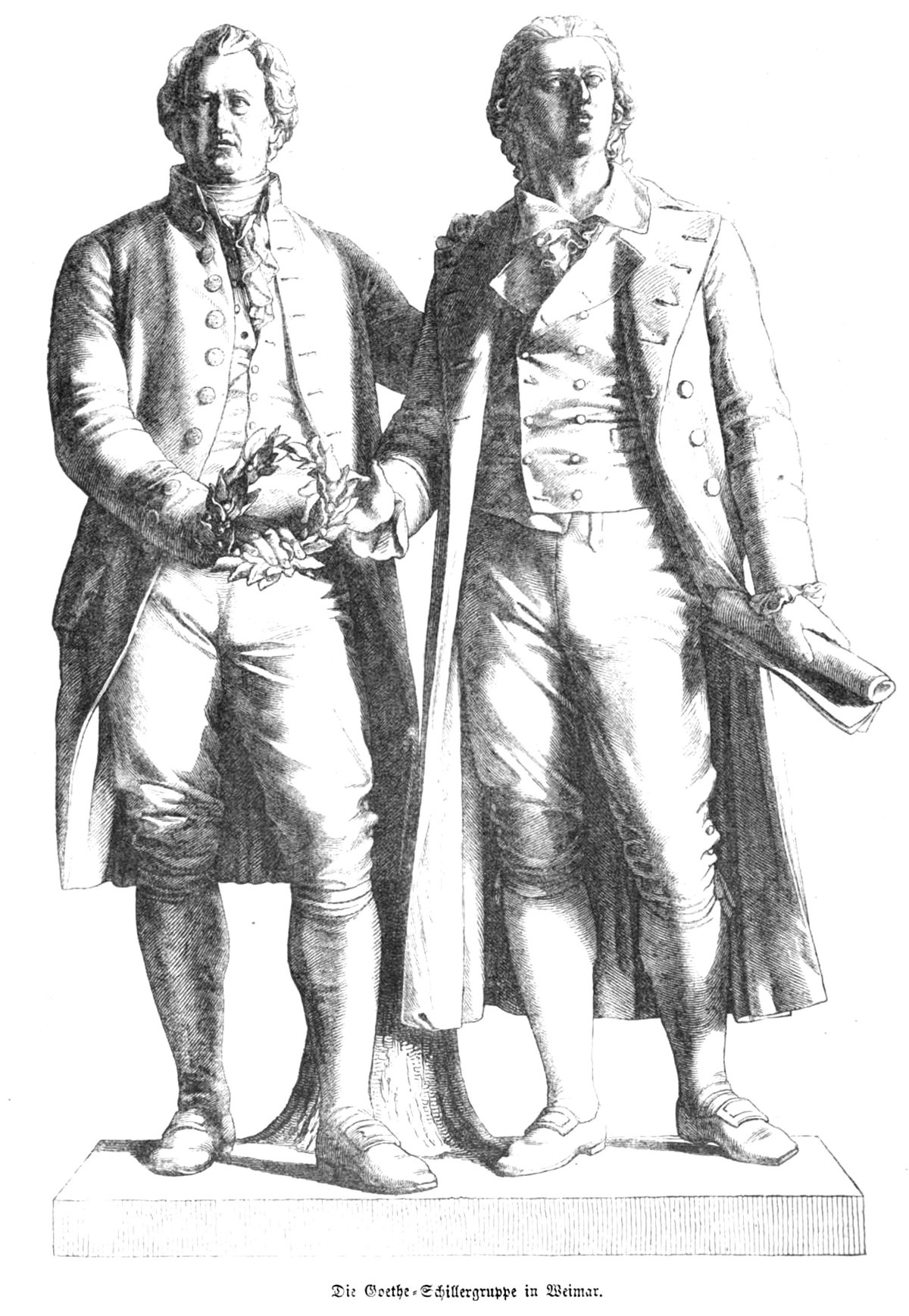
Goethe–Schiller Monument Visiting Hours, Tickets, and Travel Guide in Weimar, Germany
Date: 14/06/2025
Introduction: The Significance of the Goethe–Schiller Monument
In the heart of Weimar, Germany, the Goethe–Schiller Monument stands as a timeless tribute to two legendary figures of German literature: Johann Wolfgang von Goethe and Friedrich Schiller. Erected in 1857, this iconic bronze sculpture not only celebrates their profound friendship and partnership but also symbolizes the intellectual and cultural aspirations of a nation in search of unity. Overlooking Theaterplatz and set before the German National Theatre—where Goethe served as artistic director—the monument anchors Weimar’s reputation as the “Athens on the Ilm” and welcomes visitors to explore the city’s rich historical tapestry (kids.kiddle.co; wikiwand.com).
Accessible year-round and free to visit, the monument invites literature enthusiasts, history lovers, and casual travelers alike to connect with Germany’s classical legacy. This comprehensive guide offers essential information on visiting hours, accessibility, guided tours, and surrounding attractions—ensuring your visit to Weimar is both memorable and enriching (travelwriticus.com; germanyfootsteps.com).
Table of Contents
- The Origins and Historical Context of the Monument
- Design and Artistic Features
- The Goethe–Schiller Partnership and Legacy
- Influence and Monuments Worldwide
- The Monument’s Role in Weimar’s Identity
- Visiting the Goethe–Schiller Monument: Essential Information
- Practical Travel Tips
- Frequently Asked Questions (FAQ)
- Plan Your Visit
- References
The Origins and Historical Context of the Monument
The Goethe–Schiller Monument arose from a 19th-century movement to honor Germany’s cultural giants. The idea was championed by Grand Duke Karl Alexander of Saxe-Weimar-Eisenach, aiming to mark the centennial of his predecessor—Grand Duke Karl August—who had famously invited Goethe to Weimar in 1775 (kids.kiddle.co). The statue’s dedication in 1857 coincided with a period when, after the failed 1848 revolutions, Germans found national unity in cultural achievements rather than political ones. The rise of monuments to writers and thinkers reflected this aspiration for a shared identity (wikiwand.com).
Design and Artistic Features
The monument was crafted by Ernst Friedrich August Rietschel, a leading sculptor of the era. Cast in bronze and set on a stone pedestal, it features Goethe and Schiller standing side by side at equal height—deliberately disregarding their actual height difference to symbolize intellectual parity. Goethe’s hand rests lightly on Schiller’s shoulder, and he holds a laurel wreath, a symbol of poetic achievement, while Schiller reaches toward it, representing their shared pursuit of artistic excellence (kids.kiddle.co; planetware.com).
The monument’s location in front of the historic Court Theatre is highly symbolic. Goethe served as its director for decades, and the theatre itself was a crucible for German Classicism, premiering many of Schiller’s plays.
The Goethe–Schiller Partnership and Legacy
Goethe and Schiller’s friendship and collaboration in Weimar define the era known as Weimar Classicism. Their joint literary projects—such as the “Xenions”—and their mutual influence helped shape German literature and philosophy (mahlerfoundation.org). Both lived in Weimar: Goethe for most of his adult life, Schiller for his final years. Their homes, now museums, are UNESCO World Heritage sites (one-million-places.com).
Influence and Monuments Worldwide
The Weimar monument sparked the creation of similar statues across Europe and America, especially within German emigrant communities. Replicas were installed in San Francisco, Cleveland, Milwaukee, and Syracuse in the early 20th century, serving as symbols of cultural identity abroad (kids.kiddle.co; wikiwand.com). A smaller version was even erected in China’s German-themed town of Anting in 2006.
The Monument’s Role in Weimar’s Identity
As a focal point in Theaterplatz, the Goethe–Schiller Monument is integral to Weimar’s image as a city of poets and thinkers. It stands amidst other cultural landmarks—Goethe’s House, Schiller’s House, the Duchess Anna Amalia Library, and the Bauhaus Museum—highlighting Weimar’s status as a center of German Classicism and a UNESCO World Heritage site (planetware.com; klassik-stiftung.de).
Visiting the Goethe–Schiller Monument: Essential Information
Visiting Hours & Tickets
- Hours: The monument is accessible 24/7, year-round, as it is located outdoors in Theaterplatz.
- Tickets: No ticket or admission fee is required to visit the monument itself.
- Nearby Sites: Tickets are required for entry to the Goethe National Museum, Schiller Residence, and other museums.
Accessibility
- The monument is situated on flat, paved ground and is wheelchair accessible.
- Public transport links, including buses and trams, stop within a short walking distance (germanyfootsteps.com).
Best Times to Visit
- Daylight: Visit during daylight hours for the best viewing and photography.
- Season: Spring and summer offer vibrant surroundings, but the monument is open and enjoyable year-round.
- Events: The square is liveliest during festivals and cultural events.
Getting There
- By Foot: A 15-minute walk from Weimar’s main train station.
- By Bus: Local buses stop near Theaterplatz.
- Car: Parking facilities are available nearby, but Weimar is best explored on foot (germanyfootsteps.com).
Nearby Attractions
- Deutsches Nationaltheater: Historic theater directly behind the monument.
- Goethe National Museum & Residence: Showcasing Goethe’s life and works.
- Schiller’s Residence: Preserved home of Schiller, open to the public.
- Duchess Anna Amalia Library: Renowned rococo library with guided tours.
- Park an der Ilm: Landscaped park with Goethe’s Gartenhaus.
- Bauhaus Museum: Museum dedicated to the influential design movement.
Practical Travel Tips
- Language: Some plaques and museum information are in German; guided tours or translation apps are helpful.
- Accessibility: Most central Weimar sites are accessible for visitors with limited mobility.
- Dining & Amenities: Cafés, restaurants, restrooms, and benches are available nearby.
- Photography: Best in the late afternoon or at night when illuminated.
- Safety: Theaterplatz is safe and well-lit, but as always, keep an eye on your belongings.
Frequently Asked Questions (FAQ)
Q: What are the monument’s visiting hours?
A: The Goethe–Schiller Monument is outdoors and accessible 24 hours a day, every day of the year.
Q: Is there an admission fee?
A: No, visiting the monument is free of charge.
Q: Are guided tours available?
A: Yes, many guided city tours include the monument and provide historical context.
Q: Is the monument accessible for wheelchairs?
A: Yes, the square is flat and wheelchair-friendly.
Q: What other attractions are nearby?
A: Visit the Deutsches Nationaltheater, Goethe House, Schiller House, Duchess Anna Amalia Library, and Bauhaus Museum—all within walking distance.
Plan Your Visit
For the latest information on events, museum opening hours, and special exhibitions, visit the official Weimar Tourism website. Download the Audiala app for immersive, self-guided audio tours, and follow our social media for updates. Enhance your visit by exploring Weimar’s other UNESCO World Heritage sites, parks, and cultural venues.
Summary and Recommendations
The Goethe–Schiller Monument is more than a statue—it’s a living emblem of German classicism, cultural unity, and friendship. With free, unrestricted access and excellent accessibility, it’s a must-see for any visitor to Weimar. Pair your visit with nearby museums and the city’s many cultural attractions for a truly enriching experience. Whether you come for history, literature, or simply to enjoy Weimar’s vibrant atmosphere, the monument offers a powerful window into Germany’s cultural legacy (awaymag.com; klassik-stiftung.de).
References
- Visiting the Goethe–Schiller Monument in Weimar: History, Tickets, and Travel Tips, 2025, Kids Kiddle (kids.kiddle.co)
- Goethe–Schiller Monument Weimar: Visiting Hours, Tickets & Historical Significance, 2025, AwayMag (awaymag.com)
- Visiting the Goethe–Schiller Monument in Weimar: Hours, Tickets, and Historical Sites, 2025, TravelWriticus (travelwriticus.com)
- Goethe–Schiller Monument Visiting Hours, Tickets & Nearby Historical Sites in Weimar, 2025, Germany Footsteps (germanyfootsteps.com)
- Goethe–Schiller Monument, 2025, Wikiwand (wikiwand.com)
- Goethe and Schiller Memorial, 2025, Mahler Foundation (mahlerfoundation.org)
- Weimar Travel Guide: Tourist Attractions & Things to Do, 2025, One Million Places (one-million-places.com)
- Goethe–Schiller Monument Weimar – A Symbol of German Classicism, 2025, Everything Explained Today (everything.explained.today)
- Weimar Tourism Official Website, 2025 (weimar.de)
- Faust 2025 Theme Year, 2025, Klassik Stiftung Weimar (klassik-stiftung.de)
- Tourist Attractions in Weimar, 2025, PlanetWare (planetware.com)
